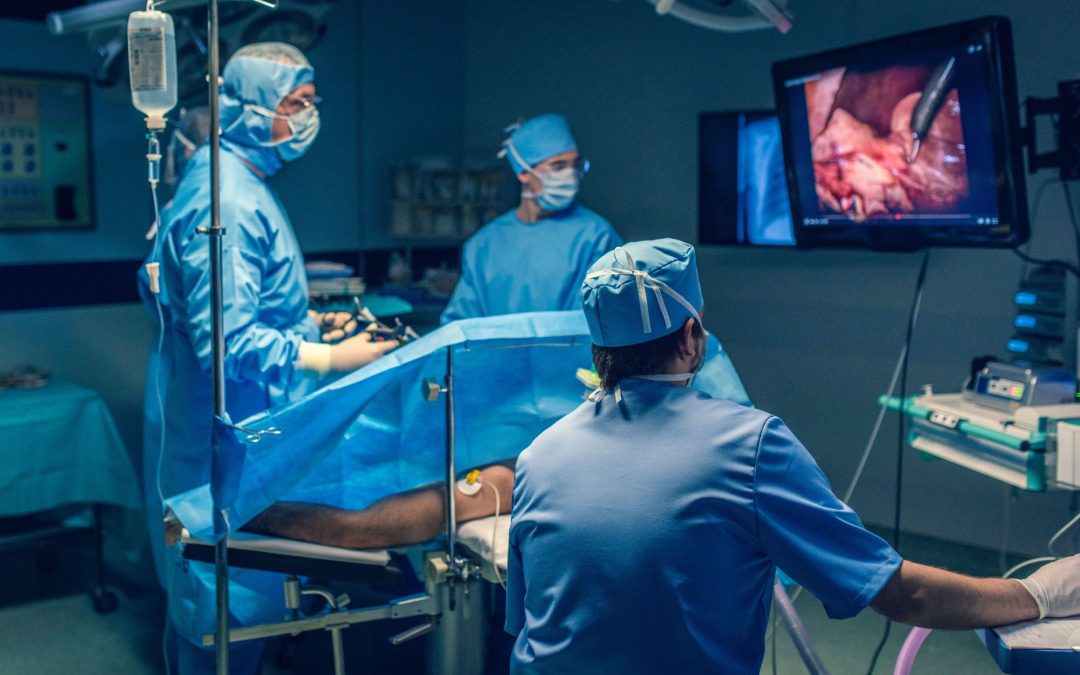An ovarian cyst is a sac filled with fluid that forms on or inside an ovary. The ovaries are part of the female reproductive system. There are two ovaries, and they’re located in the lower abdomen on both sides of the uterus. The ovaries produce egg, as well as the hormones estrogen and progesterone.
Symptoms
Ovarian cysts often cause no symptoms.
An ovarian cyst is more likely to cause pain if it:
- Becomes large
- Bleeds
- Breaks open
- Interferes with the blood supply to the ovary
- Is twisted or causes twisting (torsion) of the ovary
Symptoms of ovarian cysts can also include:
- Bloating or swelling in the abdomen
- Pain during bowel movements
- Pain in the pelvis shortly before or after beginning a menstrual period
- Pain with intercourse or pelvic pain during movement
- Pelvic pain — constant, dull aching
- Sudden and severe pelvic pain, often with nausea and vomiting (may be a sign of torsion or twisting of the ovary on its blood supply, or rupture of a cyst with internal bleeding)
Changes in menstrual periods are not common with follicular cysts. These are more common with corpus luteum cysts. Spotting or bleeding may occur with some cysts.
Causes
Most ovarian cysts form as a result of your menstrual cycle. These are called functional cysts. Other types of cysts are much less common.
Functional cysts
Your ovaries grow small cysts called follicles each month. Follicles produce the hormones estrogen and progesterone and break open to release an egg when you ovulate.
A monthly follicle that keeps growing is known as a functional cyst. There are two types of functional cysts:
- Follicular cyst. About halfway through your menstrual cycle, an egg bursts out of its follicle. The egg then travels down a fallopian tube. A follicular cyst begins when the follicle doesn’t rupture. It doesn’t release its egg and continues to grow.
- Corpus luteum cyst. After a follicle releases its egg, it shrinks and begins producing estrogen and progesterone. These hormones are needed for conception. The follicle is now called the corpus luteum. Sometimes, the opening where the egg came from gets blocked. Fluid builds up inside the corpus luteum, causing a cyst.
Functional cysts are usually harmless. They rarely cause pain and often disappear on their own within 2 to 3 menstrual cycles.
Other cysts
There are other types of cysts that are not related to menstrual cycles:
- Dermoid cyst. Also called a teratoma, this cyst forms from reproductive cells that make eggs in the ovary (germ cells). The cyst can contain tissue, such as hair, skin or teeth. This type of cyst is rarely cancer.
- Cystadenoma. This type of cyst develops from cells on the surface of an ovary. The cyst might be filled with a watery or mucous material. A cystadenoma can grow very large.
- Endometrioma. Endometriosis is a condition that causes cells similar to those that line the inside of the uterus to grow outside the uterus. Some of the tissue can attach to the ovary and form a cyst. This is called an endometrioma.
Dermoid cysts and cystadenomas can become large and move the ovary out of position. This increases the chance of painful twisting of the ovary, called ovarian torsion. Ovarian torsion may reduce or stop blood flow to the ovary.
Ovarian Cyst Risk Factors
Things that may make you more likely to get ovarian cysts include:
- Age. You’re most likely to get ovarian cysts when you have a menstrual cycle. Cysts are less common in those too young to have periods and after menopause.
- Hormonal problems. You’re more likely to get ovarian cysts if you have a medical condition that affects your hormones, such as polycystic ovary syndrome (PCOS).
- Taking fertility drugs. For instance, using clomiphene to help you ovulate can increase your risk of cysts.
- Pregnancy. A cyst that forms during ovulation may stay on your ovary after you get pregnant and throughout your pregnancy.
- Endometriosis, anyone with endometriosis can get ovarian cysts, but it’s more likely if you have a serious case.
- A serious pelvic infection. If this spreads to your ovaries, it can cause cysts there.
- A previous ovarian cyst. If you’ve had an ovarian cyst before, you’re more likely to get others.
Prevention
There’s no way to prevent most ovarian cysts. But, regular pelvic exams help ensure that changes in your ovaries are diagnosed as early as possible. Be alert to changes in your monthly cycle. Make a note of unusual menstrual symptoms, especially ones that go on for more than a few cycles. Talk to your health care provider about changes that concern you.



